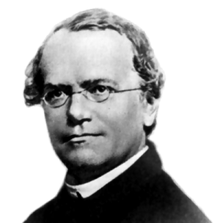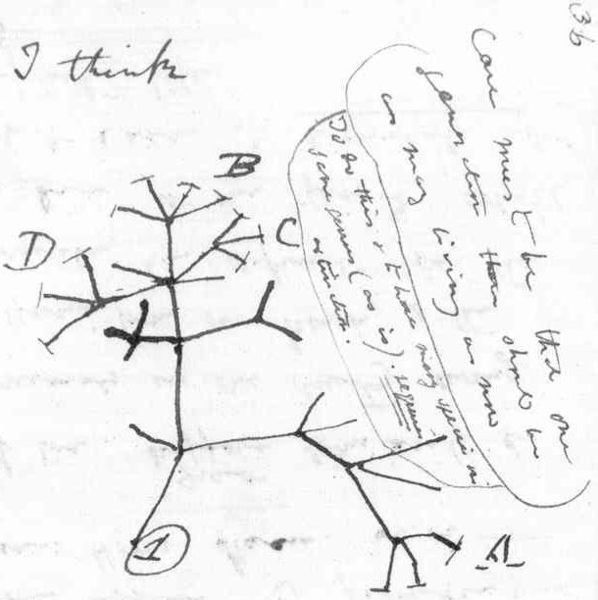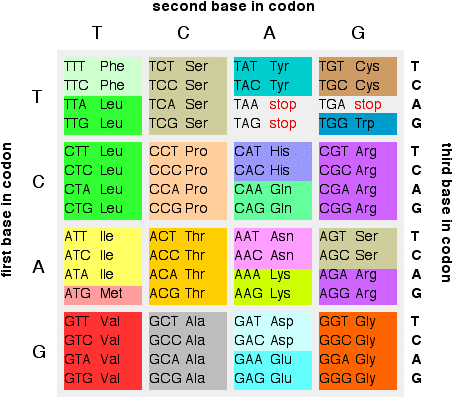As a result of developments in genetics in the later half of the 20th century, and the first few decades of the 21st, geneticists have been able to delve into the genetics of race to determine whether these assumptions have any real basis on genetic fact.
And it turns out, race is pretty difficult to define using genetics.
I don't want you to come away from this thinking there are no average genetic differences between populations (i.e. races), there are, and you can plot them quite nicely. In the plot below the populations are separated using genetic comparisons, individuals from each population share a colour. You can see that although the populations tend to cluster together, many populations overlap. You can also clearly see that genetic distances and geographical distances have a strong correlation as the plot looks very similar to the map on the right.
People who live closely together, are more likely to share genetic characteristics, but as with almost all things in biology these differences exist on a spectrum. These populations have been mapped using specific markers that are known to differ widely through populations, across the whole genome though, humans are 99.9% the same as each other.
If you picked any individual and tried to plot it on that map, you might end up with a good idea of which population the individual came from (this is what companies like 23andMe do), or you might end up with four or five different possibilities as the populations don't have clear dividing lines.
There are several reasons for this difficulty with assigning an individual to a specific nationality or race using genetics.
1. The main characteristics that we think of as associated with race are fairly superficial, i.e skin colour (which can vary dramatically within populations), and are often the result of multiple alleles (version of a gene) on multiple genes. These visual characteristics have not been shown to be genetically linked to the personal or emotional characteristics assigned to the groups (genetic linkage is when one characteristic is nearly always found along side a different characteristic due to there being a very short distance between them).
2. Humans started to move out of Africa less than 100,000 years ago. This may seem like a long time ago, but in evolutionary terms, it's really short. It certainly isn't enough time for one group of a species to have evolved significant, and consistent, differences to another group.
3. Variable positions in genes that effect the outcome of that gene (affecting for example, eye colour), exist in different proportions in different populations and vary across geographical space. It is much more usual for a population to have a mix of these alleles than it is for the population to have only one or the other of the alleles.
The diagram below shows the proportions of an ancestral allele (original version of the gene) and a derived allele (new version of the gene). You can see that in Africa, the original version is more common, but it is not the only version found, while as you move out towards the pacific the proportion of the derived allele gets larger and larger.
The map above comes from Scheinfeldt et al., 2011
4. Populations aren't static. We can show by looking at the genetics of one population, that they tend to be a mix of various other populations. Where populations have been separated and then an influx has occurred from another population, we call this admixture. Migrations, into the Americas for example, can quite clearly be seen by quantifying this admixture. As well as admixture, there is also continuous movement of populations, in some regions, which would allow for the movement of alleles from one population to another.
TAKE HOME MESSAGE
The ranges of genetic characteristics from different 'races' overlap each other, but alleles do exist in different proportions in different populations. Given the genetic make up of an individual, you could give a likelihood of where that individual came from and where their ancestors came from, but you'd be very unlikely to be able to say for certain.
Disclaimer: There are other factors to think about when talking about race, such as cultural heritage, assumptions, aspirations, opportunities etc. It is a VERY BIG TOPIC and I am not qualified to talk about those things! This post is not meant to reduce that VERY BIG TOPIC, but simply to point out that there is no real clear dividing line between 'races' when using genetics as a means of measuring it.










